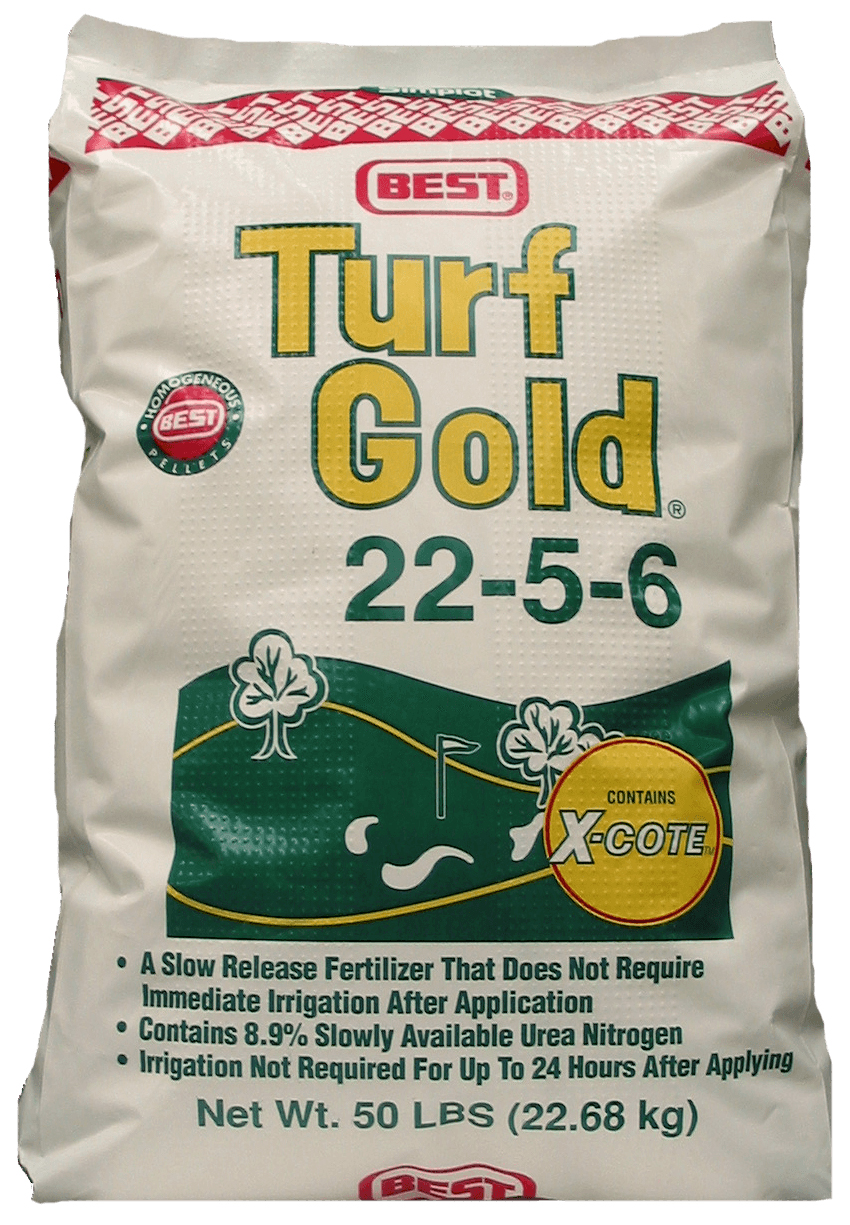A fertilizer label contains a great deal of information that is extremely useful for anyone working with turf. Having a general understanding of a fertilizer label and its components can help you (or your crew) quickly resolve nutrient issues that can lead to unhealthy and unsightly turfgrass.
To distinguish a label, start with the analysis—a series of hyphenated numbers listed on a bag that represent its composition of the essential elements of Nitrogen, Phosphorous and Potassium (N-P-K). These numbers represent the manufacturer-guaranteed minimum percentage of each of the three essential elements that their fertilizer product contains.
Nitrogen (N) is the first nutrient in the fertilizer analysis lineup. Be sure to take a look at the nitrogen source, as this will tell you what form the nitrogen in your product is derived from. This information will be helpful, because there are many sources available, ranging from ammonia-cal nitrogen that will be quick to release and leach from the soil to stabilized nitrogen products that will release more slowly over time. A fertilizer that contains only a quick release product will more than likely burn the turf when applied in the heat of the summer, and will also accelerate growth patterns, which will increase mowing frequency. Nitrogen also regulates the uptake of other nutrients.
Second is second in the lineup of nutrients is Phosphorous (P), which is essential in cell division and stimulates root formation, and creates blooms. This is often found in higher concentrations in starter type fertilizers and in seasonal products when bloom production is desired.
Potassium (K) is third in the fertilizer analysis lineup. This nutrient is used to increase disease resistance, prevent wet wilt, and to aid in iron uptake. Potassium will also help with heat and cold tolerance.
What do the numbers on the bag mean?
The number that is displayed on the fertilizer bag represents the percentage of that particular element contained in the bag. Micronutrients are often added into the fertilizer blend to help balance the fertilizer; if available, these will also be listed on the bag. The most prevalent micronutrient is Iron (Fe), which is required for chlorophyll formation in plants. Yellowing grass is often a sign of an iron deficiency.
Fertilizer ratios are based on the percentages of each element in the bag. An ideal ratio for an all-around maintenance fertilizer is 3-1-2.
For an example, let's take a 50-pound bag of 16-8-8. This formulation indicates that the bag of fertilizer contains 16 percent nitrogen (8 pounds), 8 percent phosphorous (4 pounds), and 8 percent potassium (4 lbs). This means that 32 percent of our bag is comprised of fertilizer.
So, what is in the rest of the bag? Plants are not able to take up fertilizer in its elemental form, and rely on a carrier for effective distribution and absorption. Nitrogen may occur as a constituent of urea, along with carbon, hydrogen and oxygen. So, in this case, urea is the nitrogen carrier. Similarly, potassium sulfate and calcium phosphate are carriers for potassium and phosphorus. Inert materials are combined with these and other carriers to form desired material handling.
It’s always a good idea to get your soil tested to determine the best fertilizer blend for maintaining the healthiest turf, but the guidelines above will help serve you in selecting the products best suited for your needs.




